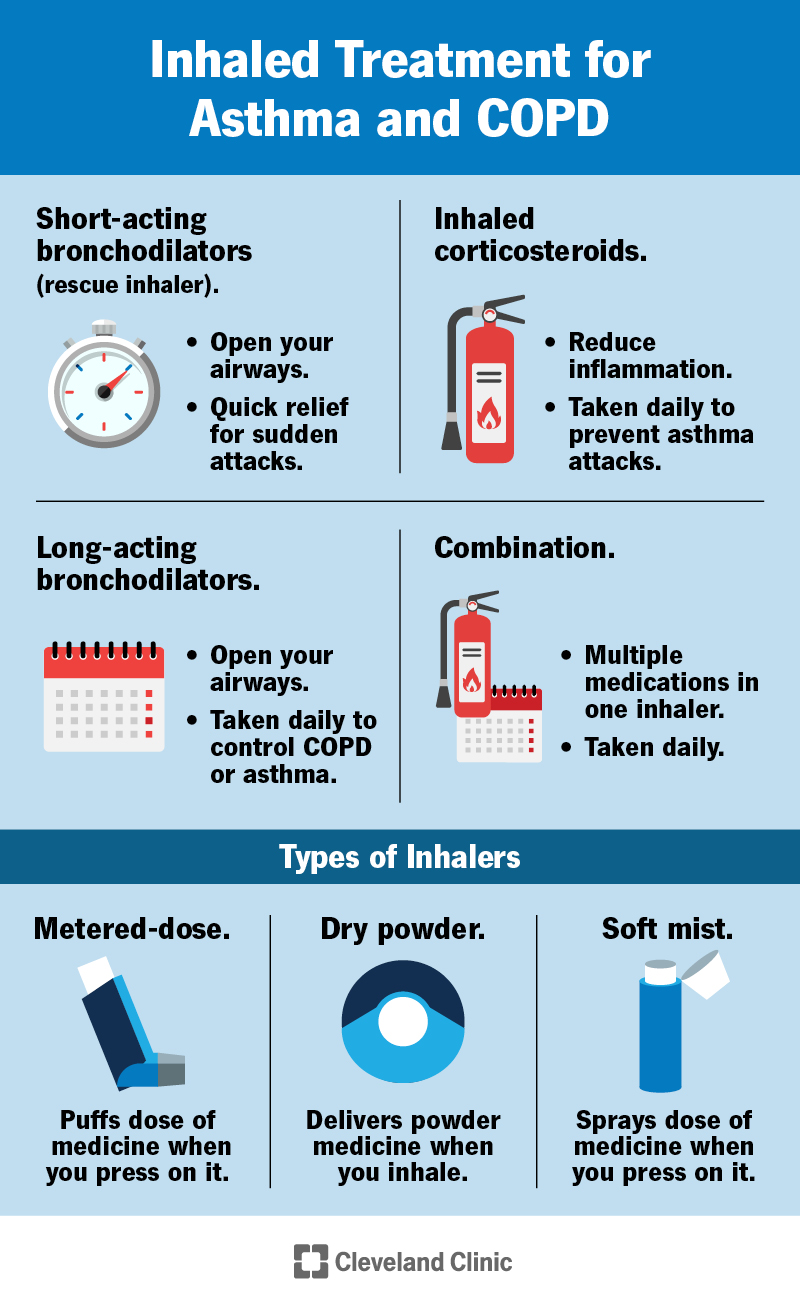What is COPD?
Chronic Obstructive Pulmonary Disease (COPD) is a progressive lung disease characterized by increasing breathlessness. It primarily includes conditions such as emphysema and chronic bronchitis. The disease is often caused by long-term exposure to irritating gases or particulate matter, most commonly from cigarette smoke. Understanding COPD is essential for patients and caregivers alike, as it helps in managing the symptoms effectively. COPD is known to cause airflow obstruction, making it difficult for sufferers to breathe, and it can significantly impact daily activities and overall quality of life. Early diagnosis and appropriate treatment, including the use of COPD inhalers, are vital in managing the disease and preventing further complications.
The Role of Inhalers in COPD Management
Inhalers are considered one of the most effective treatments for managing COPD symptoms. They deliver medication directly to the lungs, providing quick relief from symptoms such as shortness of breath, wheezing, and coughing. Inhalers come in various forms, including metered-dose inhalers (MDIs), dry powder inhalers (DPIs), and soft mist inhalers. Each type has its unique mechanism of delivering medication, and the choice of inhaler depends on the patient’s specific needs and preferences. COPD inhalers typically contain bronchodilators, which help open the airways, and corticosteroids, which reduce inflammation. By using inhalers correctly and consistently, patients can experience significant improvements in their breathing and overall well-being.
Types of COPD Inhalers and Their Estimated Costs
COPD inhalers come in several types, each serving a different purpose in managing symptoms like shortness of breath, coughing, and flare-ups.
Broadly, inhalers can be categorized into two types: maintenance inhalers and rescue inhalers.
- Maintenance Inhalers: These are used regularly to keep symptoms under control and prevent flare-ups. They often contain long-acting bronchodilators or a combination of a bronchodilator and a corticosteroid.
- Rescue Inhalers: These provide quick relief during episodes of sudden breathlessness. They contain short-acting bronchodilators designed to rapidly open the airways.
Choosing the right inhaler is crucial for effective COPD management, and this decision is typically made in consultation with a healthcare provider.
Here’s a breakdown of the most commonly prescribed categories and how much you might expect to pay without insurance.
| Inhaler Type | Purpose | Examples | Estimated Monthly Cost (USD) |
|---|---|---|---|
| Short-Acting Beta-Agonists (SABAs) | Quick relief of sudden symptoms | Albuterol (ProAir HFA, Ventolin HFA) | $30–$60 |
| Long-Acting Beta-Agonists (LABAs) | Maintenance therapy to prevent symptoms | Salmeterol (Serevent Diskus), Formoterol | $150–$250 |
| Inhaled Corticosteroids (ICS) | Reduces inflammation | Fluticasone (Flovent), Budesonide | $200–$300 |
| LABA + ICS Combos | Long-term control and inflammation reduction | Advair, Symbicort, Breo Ellipta | $300–$500 |
| Long-Acting Muscarinic Antagonists (LAMAs) | Bronchodilation and symptom control | Tiotropium (Spiriva), Aclidinium | $250–$400 |
| Triple Combination Inhalers | Combines LABA + LAMA + ICS for severe COPD | Trelegy Ellipta | $500–$600 |
While some inhalers may be more expensive than others, it’s important to consider their effectiveness and the value they provide in managing symptoms. Patients are encouraged to discuss with their healthcare providers about any cost-related concerns and explore options such as generic alternatives, which can be more affordable. Additionally, some pharmaceutical companies offer patient assistance programs to help reduce the COPD inhale cost for those who qualify.
Tips for Effective Inhaler Use
Proper inhaler technique is essential for ensuring that the medication is delivered effectively to the lungs. Here are some tips to maximize the benefits of COPD inhalers:
- Always follow the instructions provided by your healthcare provider or pharmacist.
- Use a spacer with MDIs to improve medication delivery.
- Rinse your mouth after using inhalers that contain corticosteroids to prevent oral infections.
- Keep track of your inhaler usage and refill prescriptions before they run out.
- Regularly check the inhaler for expiration dates and any signs of damage.
By adhering to these guidelines, patients can ensure they are getting the most out of their COPD inhalers, leading to better management of their condition and an improved quality of life.
Sources









